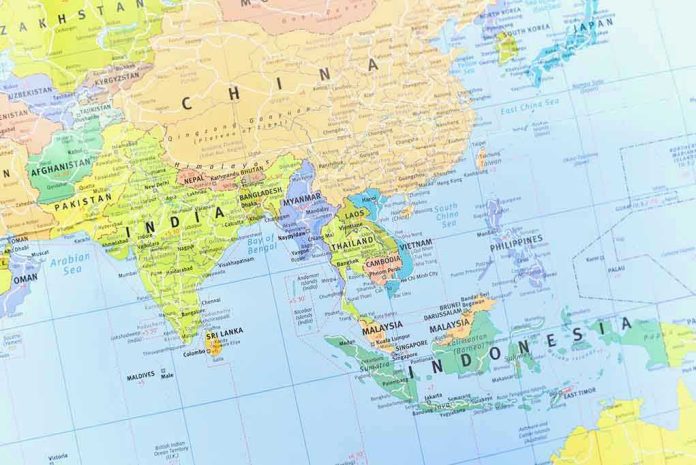
In a stunning move that has left many scratching their heads, President Trump announced a new trade agreement with the Philippines, imposing a 19% tariff on Philippine imports while American exports to the Philippines will be tariff-free.
At a Glance
- The U.S. imposes a 19% tariff on Philippine imports.
- American exports to the Philippines will not face tariffs.
- The deal enhances military cooperation between the two nations.
- Philippine government has yet to officially confirm the terms.
Trade Deal Raises Eyebrows
On July 22, 2025, President Trump declared a new trade agreement with the Philippines, raising eyebrows and sparking discussions among international trade experts. The deal stipulates a 19% tariff on goods imported from the Philippines into the United States, while American exports to the Philippines will be tariff-free. This decision came after a meeting between Trump and Philippine President Ferdinand Marcos Jr. at the White House. Notably, the Philippine government has not yet officially confirmed the deal’s terms, leaving many wondering about the potential implications for the bilateral relationship.
This arrangement follows the Trump administration’s earlier imposition of a 17% “reciprocal” tariff on Philippine imports back in April 2025. The move was part of a broader strategy to renegotiate trade terms with multiple countries under the threat of higher duties. Trump’s announcement of the new agreement comes just days before the August 1 deadline, which would see tariffs increase to 20% if no deal was reached.
Military Cooperation in the Spotlight
The new trade deal isn’t just about tariffs; it also highlights an aspect of military cooperation between the United States and the Philippines. Trump praised the meeting with Marcos Jr. as a “beautiful visit” and referred to the Philippine President as a “tough negotiator.” This suggests that military ties and strategic interests played a significant role in the discussions. For the Philippines, maintaining a robust military alliance with the U.S. is crucial given the regional security dynamics in Southeast Asia.
However, the increased tariff rate has sparked disappointment among some Filipino officials, who anonymously expressed concerns about the economic impact on their country. The higher tariffs could pose challenges for Philippine exporters, potentially threatening their competitiveness in the U.S. market.
Economic Impacts and Strategic Relations
The economic implications of this trade deal are multifaceted. In the short term, Philippine exporters will face immediate cost increases, impacting their ability to compete effectively in the U.S. market. Conversely, U.S. exporters stand to benefit from the zero-tariff arrangement, which could boost sales to the Philippines. Financial markets may experience volatility as sectors react differently to the new terms.
In the long run, the agreement could widen the U.S. trade surplus with the Philippines, but it may also prompt Philippine exporters to seek alternative markets. The imposition of higher tariffs on an ally has the potential to strain diplomatic ties, despite assurances of enhanced military cooperation. Furthermore, this deal could set a precedent for how the U.S. approaches trade negotiations with other countries in the future.







